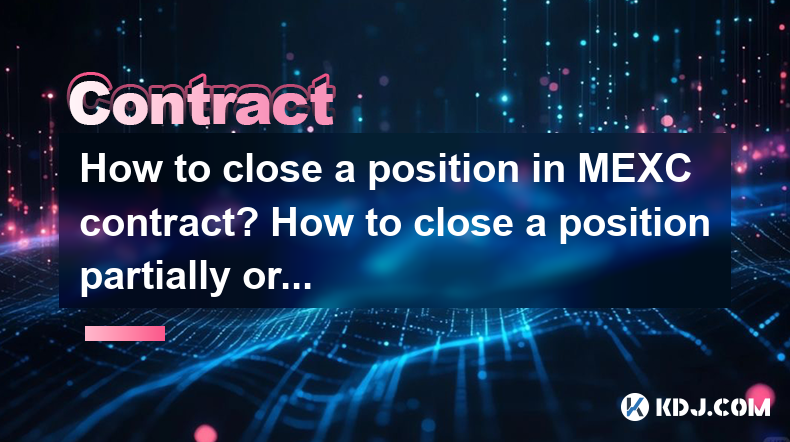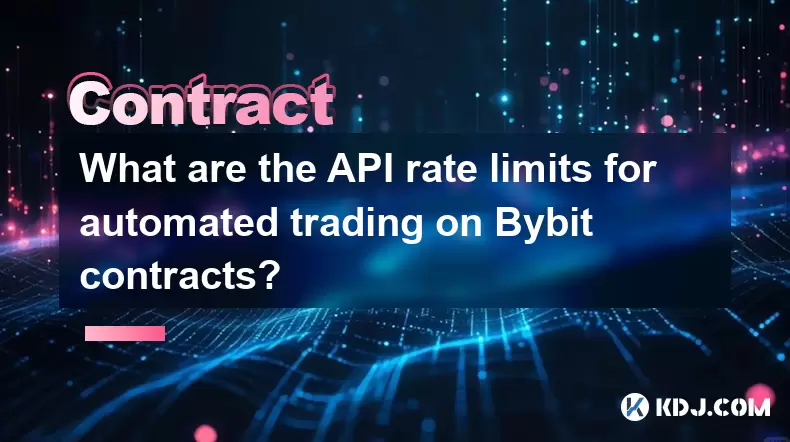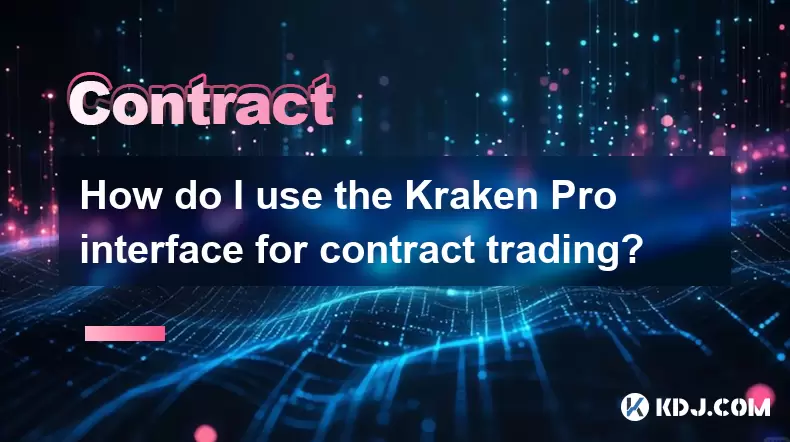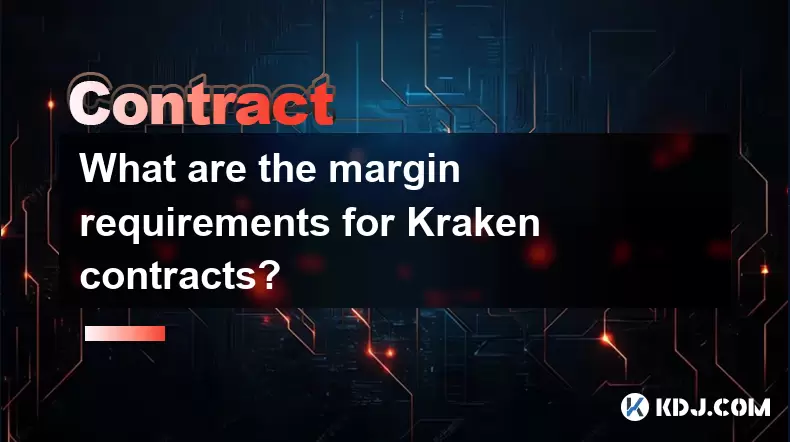-
 Bitcoin
Bitcoin $117600
2.11% -
 Ethereum
Ethereum $3907
6.13% -
 XRP
XRP $3.288
9.68% -
 Tether USDt
Tether USDt $1.000
-0.01% -
 BNB
BNB $784.8
2.00% -
 Solana
Solana $174.3
3.60% -
 USDC
USDC $0.9997
-0.03% -
 Dogecoin
Dogecoin $0.2220
8.04% -
 TRON
TRON $0.3379
0.01% -
 Cardano
Cardano $0.7829
5.46% -
 Stellar
Stellar $0.4348
8.84% -
 Hyperliquid
Hyperliquid $40.50
6.38% -
 Sui
Sui $3.757
7.22% -
 Chainlink
Chainlink $18.41
10.06% -
 Bitcoin Cash
Bitcoin Cash $581.6
1.91% -
 Hedera
Hedera $0.2586
5.37% -
 Avalanche
Avalanche $23.30
4.67% -
 Ethena USDe
Ethena USDe $1.001
0.01% -
 Litecoin
Litecoin $122.0
2.62% -
 UNUS SED LEO
UNUS SED LEO $8.972
-0.23% -
 Toncoin
Toncoin $3.338
1.14% -
 Shiba Inu
Shiba Inu $0.00001282
3.76% -
 Uniswap
Uniswap $10.38
6.88% -
 Polkadot
Polkadot $3.852
4.63% -
 Dai
Dai $1.000
0.02% -
 Bitget Token
Bitget Token $4.463
2.29% -
 Monero
Monero $263.6
-7.22% -
 Cronos
Cronos $0.1496
4.78% -
 Pepe
Pepe $0.00001106
4.91% -
 Aave
Aave $284.3
8.09%
How to close a position in MEXC contract? How to close a position partially or completely?
To close a position on MEXC, log in, go to the futures section, select your position, and click "Close Position" to execute at market or set a limit order.
May 03, 2025 at 05:07 am

Closing a position in MEXC contract trading is a crucial skill that every trader should master. Whether you are looking to close your position partially or completely, understanding the steps and mechanics involved is essential for managing your trades effectively. In this guide, we will walk you through the process of closing a position in MEXC contract trading, detailing how to close it partially or completely.
Understanding MEXC Contract Trading
Before diving into the specifics of closing a position, it's important to understand the basics of MEXC contract trading. MEXC offers futures and perpetual contracts, which allow traders to speculate on the price movements of various cryptocurrencies without owning the underlying asset. These contracts are leveraged, meaning traders can control larger positions with a smaller amount of capital, but this also increases the risk.
Accessing Your MEXC Account
To begin the process of closing a position, you first need to access your MEXC account. Here's how you can do it:
- Log into your MEXC account using your credentials.
- Navigate to the futures or perpetual contract trading section of the platform. This is usually found under the "Trade" or "Futures" tab.
Viewing Your Open Positions
Once you are in the futures or perpetual contract trading section, you need to view your open positions. Here’s how:
- Click on the "Positions" tab to see all your current open positions. This tab will display details such as the contract type, the amount of the position, the entry price, and the unrealized profit or loss.
Closing a Position Completely
To close a position completely on MEXC, follow these steps:
- Select the position you want to close from the list of open positions.
- Click on the "Close Position" button. This button is usually located next to the position details.
- Confirm the closure of the position. A confirmation window will appear, asking you to verify the closure. Ensure all the details are correct, and then click "Confirm" to execute the order.
Once the order is executed, the position will be closed, and any profits or losses will be realized and reflected in your account balance.
Closing a Position Partially
Sometimes, you may want to close only a portion of your position. Here’s how you can do it on MEXC:
- Select the position you want to partially close from the list of open positions.
- Click on the "Reduce Only" option. This option ensures that the order will only reduce your position and not increase it.
- Enter the amount you wish to close. This can be a specific number of contracts or a percentage of your total position.
- Click on the "Sell" or "Buy" button depending on whether you are closing a long or short position.
- Confirm the partial closure of the position. A confirmation window will appear, asking you to verify the partial closure. Ensure all the details are correct, and then click "Confirm" to execute the order.
After the order is executed, the specified portion of your position will be closed, and the remaining portion will stay open.
Using Market and Limit Orders
When closing a position, you have the option to use either a market order or a limit order. Here’s how they differ:
- Market Order: This type of order will close your position at the current market price. It is the fastest way to close a position but may result in slippage, especially in volatile markets.
- Limit Order: This type of order allows you to specify the price at which you want to close your position. It may take longer to execute but gives you more control over the closing price.
To use a market order:
- Select the position you want to close.
- Click on the "Market" tab when placing the order to close the position.
- Confirm the order to execute it at the current market price.
To use a limit order:
- Select the position you want to close.
- Click on the "Limit" tab when placing the order to close the position.
- Enter the desired closing price.
- Confirm the order to place it in the market. The order will be executed once the market reaches your specified price.
Monitoring and Managing Your Positions
After closing a position, it's important to monitor and manage your remaining positions effectively. Here are some tips:
- Regularly check your open positions to stay informed about their performance.
- Set stop-loss and take-profit orders to manage your risk and lock in profits.
- Keep an eye on market conditions and adjust your positions accordingly.
FAQs
Q: Can I close multiple positions at once on MEXC?
A: Yes, MEXC allows you to close multiple positions at once. You can select multiple positions from the "Positions" tab and click "Close Position" to close them all simultaneously. However, ensure you review each position carefully before confirming the closure.
Q: What happens if I close a position at a loss?
A: If you close a position at a loss, the loss will be realized and deducted from your account balance. It's important to manage your risk and use tools like stop-loss orders to minimize potential losses.
Q: Can I close a position during high volatility?
A: Yes, you can close a position during high volatility, but be aware that market orders may experience slippage, resulting in a less favorable closing price. Using limit orders can help you control the closing price but may take longer to execute.
Q: Is there a fee for closing a position on MEXC?
A: Yes, MEXC charges a trading fee for closing positions, which is typically a small percentage of the trade value. The exact fee depends on your trading volume and the type of contract you are trading. Always check the fee schedule on the MEXC platform for the most accurate information.
Disclaimer:info@kdj.com
The information provided is not trading advice. kdj.com does not assume any responsibility for any investments made based on the information provided in this article. Cryptocurrencies are highly volatile and it is highly recommended that you invest with caution after thorough research!
If you believe that the content used on this website infringes your copyright, please contact us immediately (info@kdj.com) and we will delete it promptly.
- EigenLayer, Restaking, and Ethereum: Navigating the Hype and the Hazards
- 2025-08-08 06:30:12
- Super Bowl 59: Jon Batiste to Jazz Up the National Anthem
- 2025-08-08 06:30:12
- Cold Wallet Crypto in 2025: The Future is Now, Ya'll
- 2025-08-08 05:10:13
- MAGACOIN, SOL, and ADA: A Tale of Shifting Tides in Crypto
- 2025-08-08 05:10:13
- SHIB Price, PEPE, and the Memecoin Supercycle: Who Will Reign Supreme?
- 2025-08-08 05:50:12
- Pudgy Penguins Price Prediction: Google Trends & Breakout Signals
- 2025-08-08 05:50:12
Related knowledge

Are there any fees for futures settlement on OKX?
Aug 08,2025 at 05:35am
Understanding Futures Settlement on OKXFutures settlement on OKX refers to the process by which open futures contracts are automatically closed or mar...

How to use the OKX margin calculator for futures?
Aug 08,2025 at 05:15am
Understanding the OKX Margin Calculator for FuturesThe OKX margin calculator is a specialized tool designed to assist traders in estimating the requir...

How to find and copy experienced traders on Bybit contracts?
Aug 08,2025 at 06:00am
Understanding Copy Trading on BybitBybit offers a copy trading feature that allows users to automatically replicate the contract positions of experien...

What are the API rate limits for automated trading on Bybit contracts?
Aug 08,2025 at 06:08am
Understanding API Rate Limits on BybitWhen engaging in automated trading on Bybit contracts, understanding the API rate limits is essential to prevent...

How do I use the Kraken Pro interface for contract trading?
Aug 08,2025 at 05:00am
Understanding the Kraken Pro Interface for Contract TradingThe Kraken Pro platform is designed for advanced traders who require speed, precision, and ...

What are the margin requirements for Kraken contracts?
Aug 08,2025 at 05:42am
Understanding Margin in Kraken Futures TradingWhen engaging in futures trading on Kraken, traders must understand that margin is the collateral requir...

Are there any fees for futures settlement on OKX?
Aug 08,2025 at 05:35am
Understanding Futures Settlement on OKXFutures settlement on OKX refers to the process by which open futures contracts are automatically closed or mar...

How to use the OKX margin calculator for futures?
Aug 08,2025 at 05:15am
Understanding the OKX Margin Calculator for FuturesThe OKX margin calculator is a specialized tool designed to assist traders in estimating the requir...

How to find and copy experienced traders on Bybit contracts?
Aug 08,2025 at 06:00am
Understanding Copy Trading on BybitBybit offers a copy trading feature that allows users to automatically replicate the contract positions of experien...

What are the API rate limits for automated trading on Bybit contracts?
Aug 08,2025 at 06:08am
Understanding API Rate Limits on BybitWhen engaging in automated trading on Bybit contracts, understanding the API rate limits is essential to prevent...

How do I use the Kraken Pro interface for contract trading?
Aug 08,2025 at 05:00am
Understanding the Kraken Pro Interface for Contract TradingThe Kraken Pro platform is designed for advanced traders who require speed, precision, and ...

What are the margin requirements for Kraken contracts?
Aug 08,2025 at 05:42am
Understanding Margin in Kraken Futures TradingWhen engaging in futures trading on Kraken, traders must understand that margin is the collateral requir...
See all articles

























































































